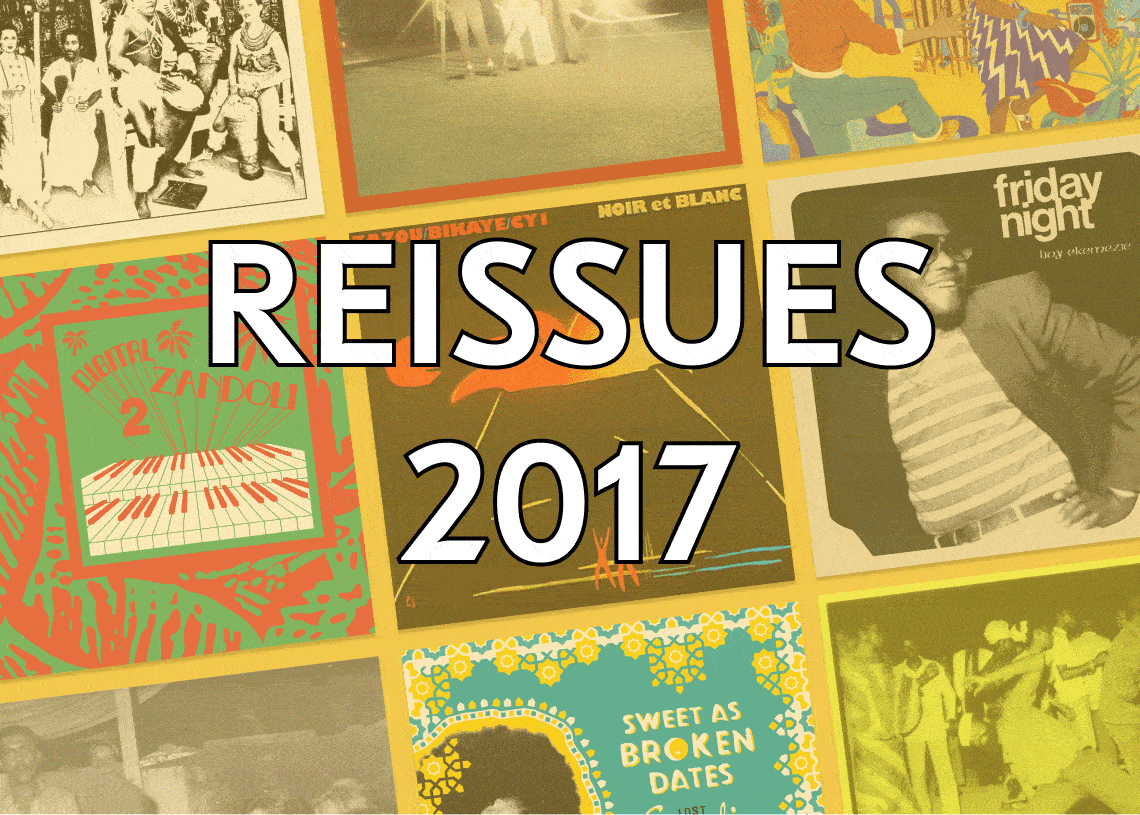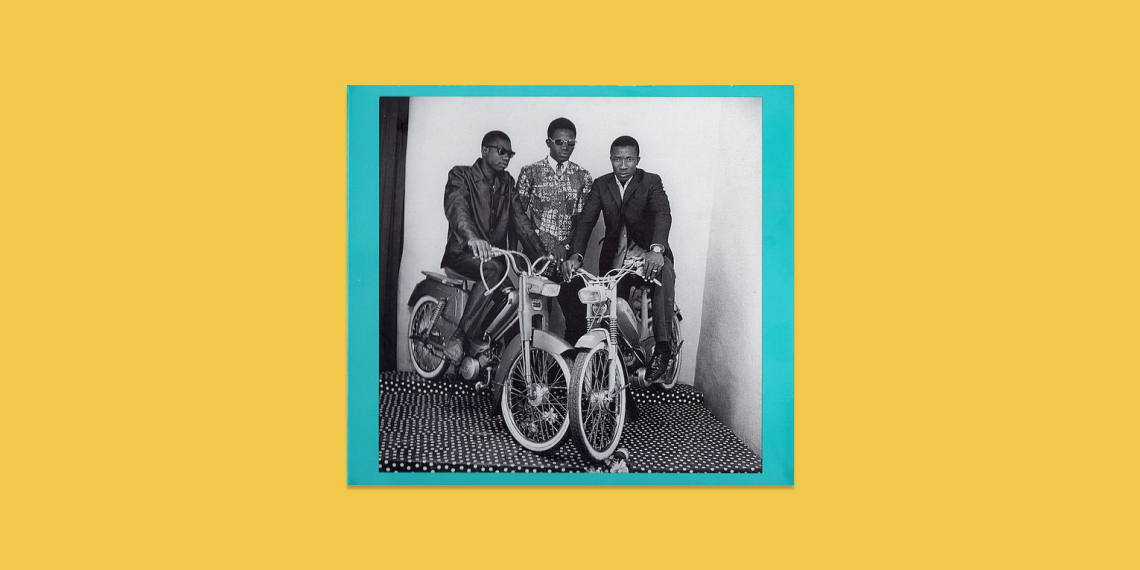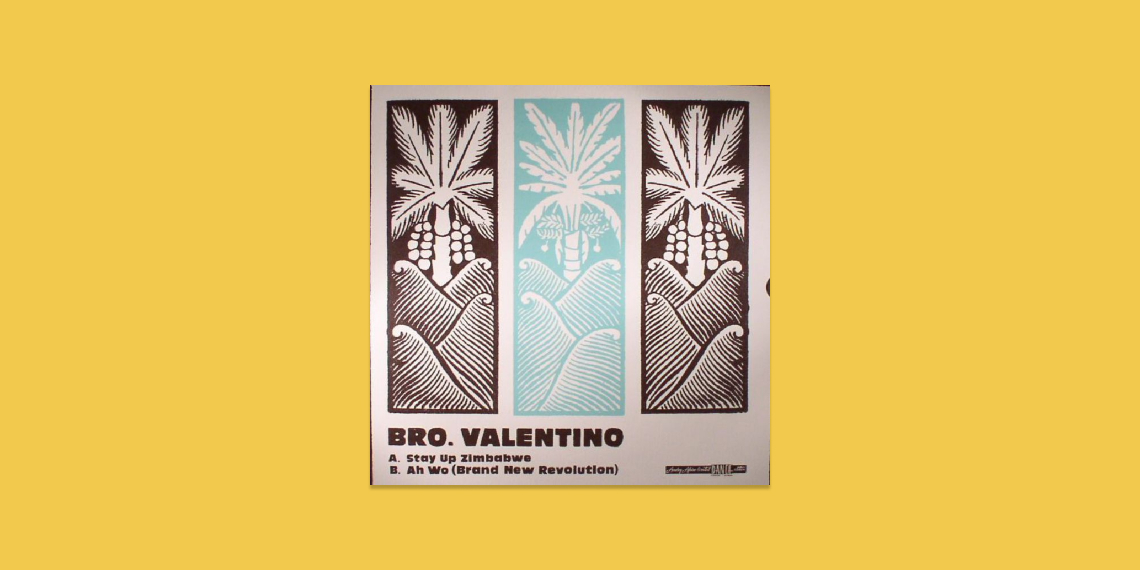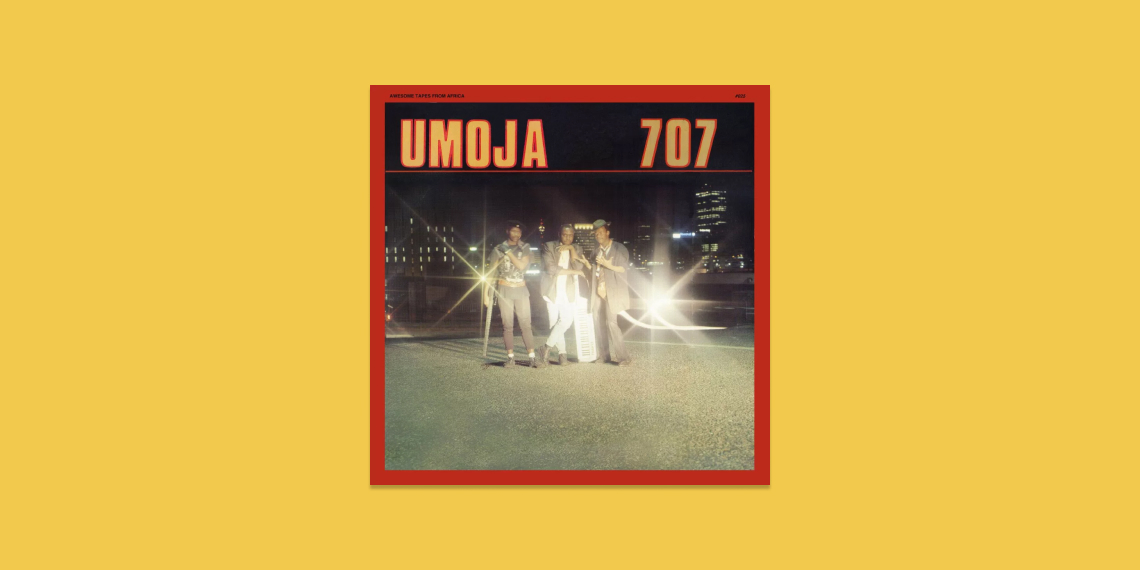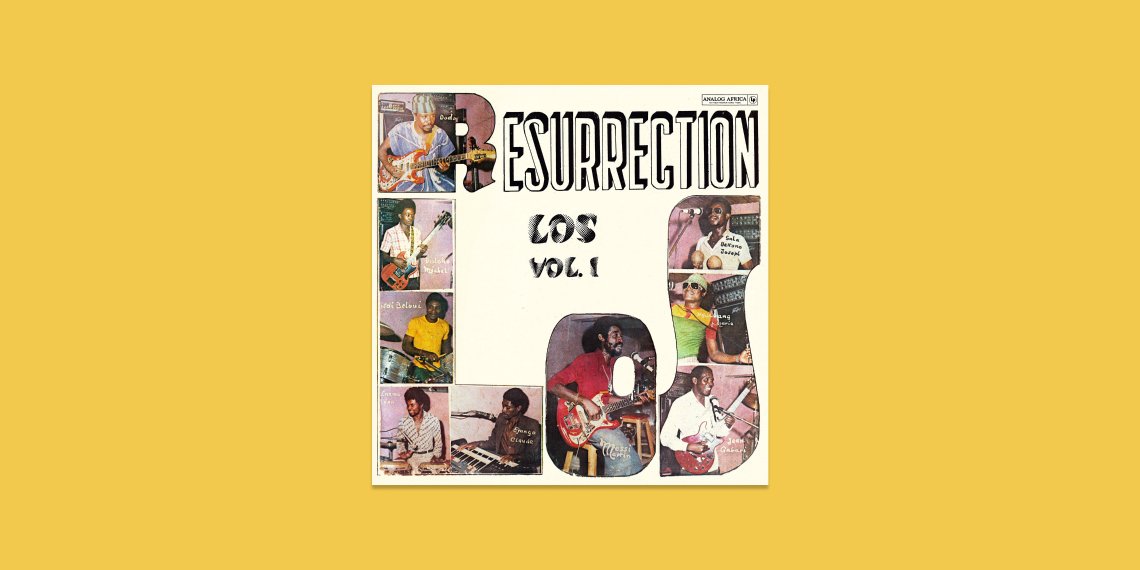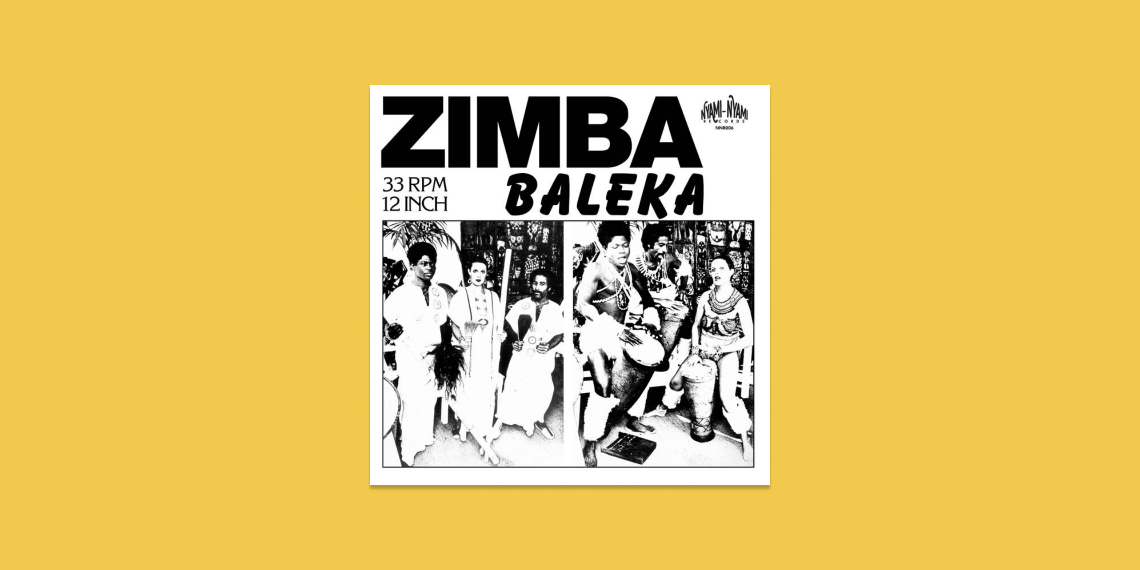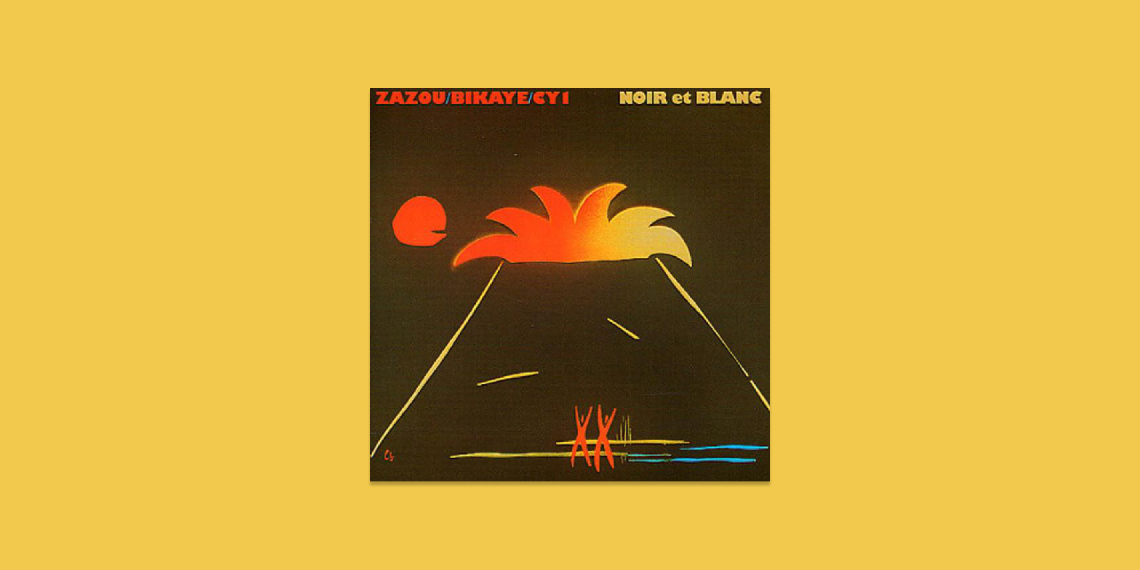The Pan African Music team select their favorite 2017 reissues.
Compilations, vinyl reissues and exclusive archive gems: a short focus on 25 timeless albums that made our year.
Listen to selections from this list on our Spotify and Deezer playlist.
25. The Original Sound of Mali
Various Artists
(Mr Bongo)
Malian music is a deep, lyrical form of African music. Those of us deeply entranced by Malian culture, and, in particular, the immense hypnotic beauty of Malian music, have put together a selection of songs from across the country. Curated by Vik Sohonie and David Buttle, the compilation puts the spotlight on Malian talents who make their mark on history.
The compilation features artists like Idrissa Soumaoro and Éclipse (Amadou & Mariam’s orchestra for young blind people), great orchestras of Bamako like Rail Band, Super Djata Band and Les Ambassadeurs du Motel.
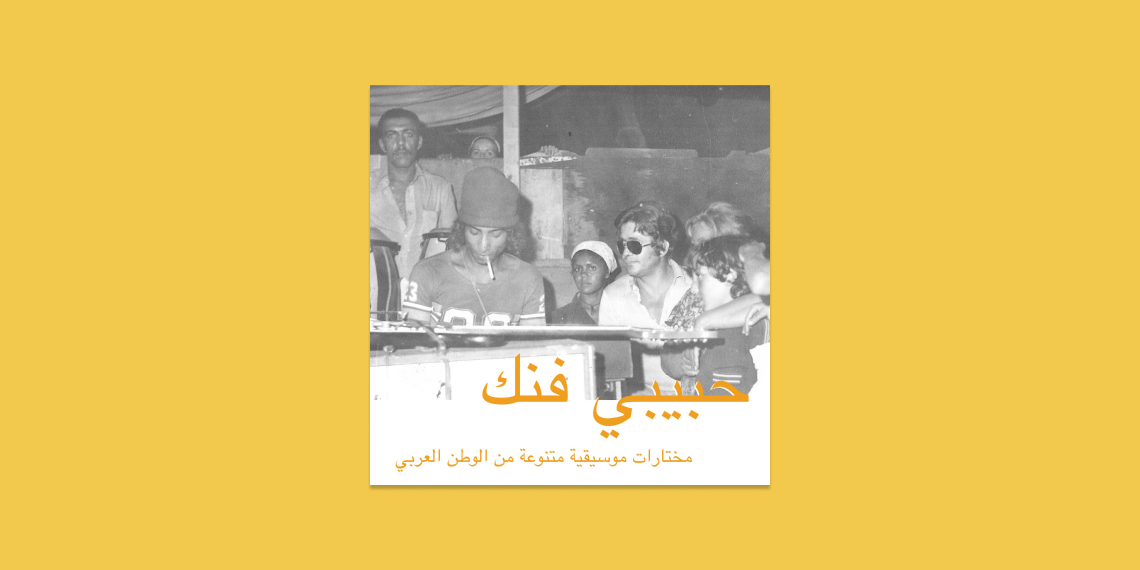
24. Habibi Funk: an eclectic selection of music from the Arab world
Various Artists
(Habibi Funk)
Habibi Funk specialises in reissuing music from the Arab world, more precisely the music of artists who mix local and regional influences with foreign musical interests. The label sheds light on essential artists like “Morocco’s James Brown” Fadoul, Algerian film score composer Ahmed Malek and Tunisian disco band Al Massrieen. Three years after their debut, Habibi Funk release their first anthology, Habibi Funk: An Eclectic Selection of Music From the Arab World.
“Even though the name suggests it’s all about funk music, our focus is more than just that”, record label boss DJ Jannis Stürtze explains. “Often these influences might be inspired from Western popular music such as soul, pop and rock but it’s not limited to that either. Some of our favorite records are best described as Arabic zouk (a genre originating from the Caribbean islands of Martinique and Guadeloupe), Algerian coladeira (a popular musical style from the Cape Verdean islands) or Lebanese bossa, which means the process of musical influences displayed on this compilation was much more versatile than just taking Western music as a blueprint and translating it with a local accent.”
“At the same time we do not want anyone to misunderstand this compilation as a selection of songs to represent Arabic musical history of the 1970s and 1980s”, the label adds. “We would never dare to state anything going in this direction. This compilation is nothing more than a very personal curation of songs we like and in no way reflects on what has been popular in a general sense.”
23. Stay Up Zimbabwe
Bro. Valentino
(Analog Africa)
Anthony Emrold Phillip aka Bro. Valentino began his illustrious career in 1961 at The Big Bamboo, a small calypso tent in Port of Spain, Trinidad. This was before he broke into the professional scene in 1966 at Lord Kitchener‘s Caravan calypso tent. After the Black Power Revolution of 1970, he turned himself into a conscient and committed Calypsonian who sang for the poor and oppressed people, so much so he was dubbed “The People’s Calypsonian”. Lyric-wise, his commitment to the issues of education, elevation and African consciousness has long been his identifying badge and signature.
At the end of a heady decade of the tumultuous 1970s, with the echoes of Trinidad’s Black Power Revolution still reverberating strongly, Valentino penned his two most commercially successful calypsos – 1979s “Stay up Zimbabwe” and 1980s “Ah Wo [Brand New Revolution]”, both reflected the revolutionary spirit that had engulfed the Caribbean in the 1970s.
(Written by Zeno Obi Constance)
22. 707
Umoja
(Awesome Tapes From Africa)
Umoja were the main stars of Bubblegum music, a kind of South African kitschy pop music based on heady synth melodies. Led by “Om” Alec Khaoli, the band used this dance music as an escape while living in a apartheid-divided country.
Umoja translates as “oneness” or “unity” in Swahili. The leader explains: “If you had grown up in South Africa at the time, there was nothing more in your life than oppression. It was even in your dreams. Anything that was a way out was welcome… When this music was playing everyone just wanted to dance, just have a good time.”
21. Resurrection Los
Los Camaroes de Maroua
(Analog Africa)
Los Camaroes emerged at the end of the 1960s from the town of Maroua, Cameroon, in the country’s Northern and predominantly Islamic area. They made their way south to the capital to make a name for themselves, and in the span of only a few years they had changed Cameroon’s music scene forever, leaving a trail of sold-out nightclubs and monster radio hits in their wake.
The band had been led from the beginning by Jean Gabari, whose level-headedness and even-handedness inspired the respect and devotion of musicians. But it was Gabari’s alchemic collaborations with guitarist Messi Martin that drove the band to its greatest heights. Martin had developed an innovation that would earn him fame throughout Cameroon as the “king of Bikutsi”. He stuck small pieces of chewed paper between the strings of his guitar in order to make it sound like a balafon.
After a second breakup, the band was reunited by a businessman named Atangana Joseph. He tracked down the original members of Los Camaroes and got them back together for a final shot at immortality. The musicians reconvened at the legendary Mango Bar in the capital city of Yaoundé, the very place where, years earlier, they had established their reputation as one of Cameroon’s most fearsome live bands. That’s how one of the best albums ever recorded in Cameroon was (re-)born: Resurrection Los.
20. Baleka
Zimba
(Nyami Nyami)
In the mid-’70s, musician and songwriter Phil Arosa fled Southern Rhodesia’s apartheid (now Zimbabwe) to settle in the Netherlands and pursue his musical career under more mundane skies. Alongside his partner Marga, he started the band Zimba which played for ten years in clubs around the country. During those years, “Baleka” was the only studio-recorded song and was eventually released in 1983. This record went unnoticed at the time but this minimal and powerful mix of African rhythms with a new wave voice and an irresistible mbira riff deserved better. Luckily, Nyami Nyami stepped onto the scene and revived the track, inviting London friends The Comet Is Coming and Parisian Blackjoy (Siwo) to revisit this piece. The results are two very different versions of “Baleka”, both definitely carved for the dancefloors.
19. Hamad Kalkaba and The Golden Sounds 1974-1975
Hamad Kalkaba
(Analog Africa)
Hamad Kalkaba was a “distinguished public figure, a retired Colonel in the army of Cameroon, and a former member of Cameroon’s Olympic Selection Committee”, explained Analog Africa. “When we tracked him down he was serving as president of the Confederation of African Athletics.” Throughout his education he was always interested in sports and music.
Hamad Kalkaba and The Golden Sounds is made of six tracks that “represent his entire discography and find their roots in the rhythms of northern Cameroon, especially the mightiest Gandjal”.
Kalkaba explained how “the songs recorded in the mid 1970s were part of a movement, a movement initiated by musicians from all around Cameroon who, with the help of keyboards, drum kits and electric guitars, had started to modernize the traditional rhythms of their regions. For Kalkaba it was no different and, backed by his band – The Golden Sounds – he devoted himself to the promotion of the sounds of northern Cameroon.”
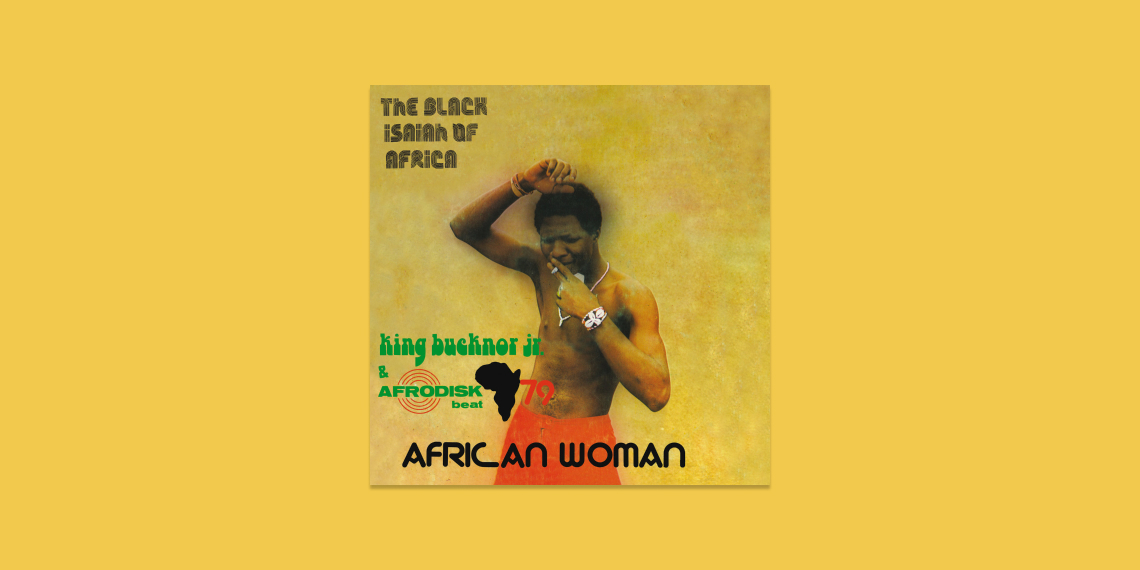
18. African Woman
King Bucknor Jr.
(Hot Casa Records)
Member of Fela’s Kalakuta Republic, King Bucknor Jr. second album was recorded in 1979 at the Emi studio in Lagos, Nigeria. Arranged and self produced, Kingsley Buckor ‘s work is seen as a masterpiece in the history of afrobeat.
At the age of 19, King Bucknor Jr. also known as The Black Isaiah of Africa released his second album backed by a 16-member band called The Afrodisk and ten backing singers. Two long and hypnotic grooves featuring all the afrobeat ingredients: fluid and complex drum patterns, strong horns, female choirs, strong lyrics, beautiful keys and horn solos.
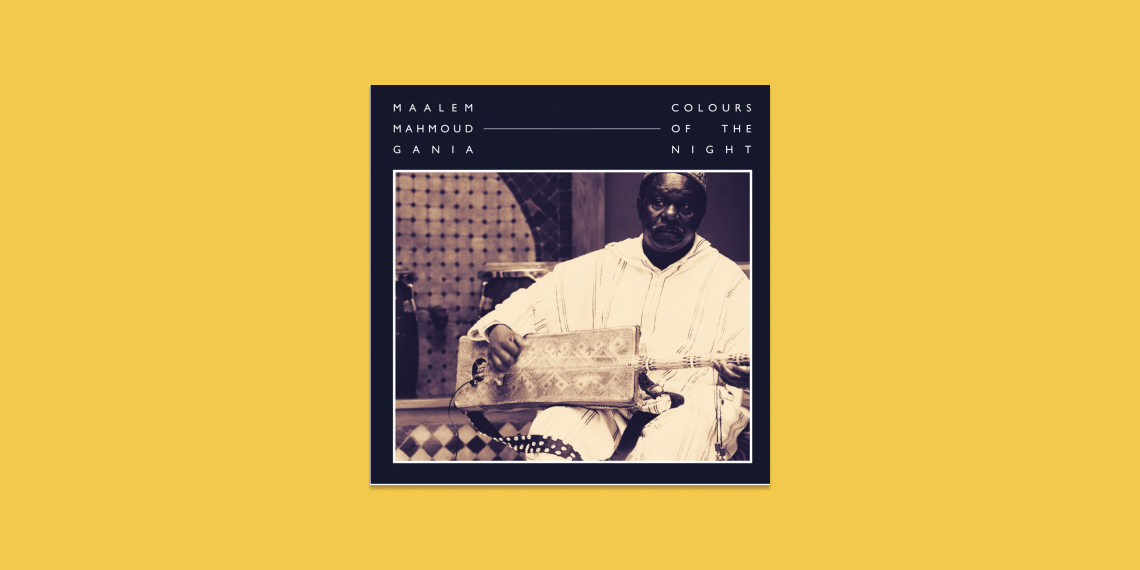
17. Colours of the Night
Maalem Mahmoud Gania
(Hive Mind Records)
Gnawa is a musical and spiritual tradition originating in sub-Saharan Africa that has survived as a subculture within Moroccan society for centuries. Moroccan artist Mahmoud Gania was raised in one of the country’s great Gnawa families. He became one of Morocco’s most prolific recording musicians. From the 1970s until his death in 2015 he released numerous albums, as well as recording with Western musicians such as Pharoah Sanders, Peter Brotzmann, and most recently James Holden and Floating Points.
Thanks to Hive Mind Records, the recordings see their first release outside of Morocco in September 2017. The original recordings have been remastered for vinyl by Julian Tardo at Church Road Studios, and the sleeve features the beautiful portrait photography of Nicolas Diop.
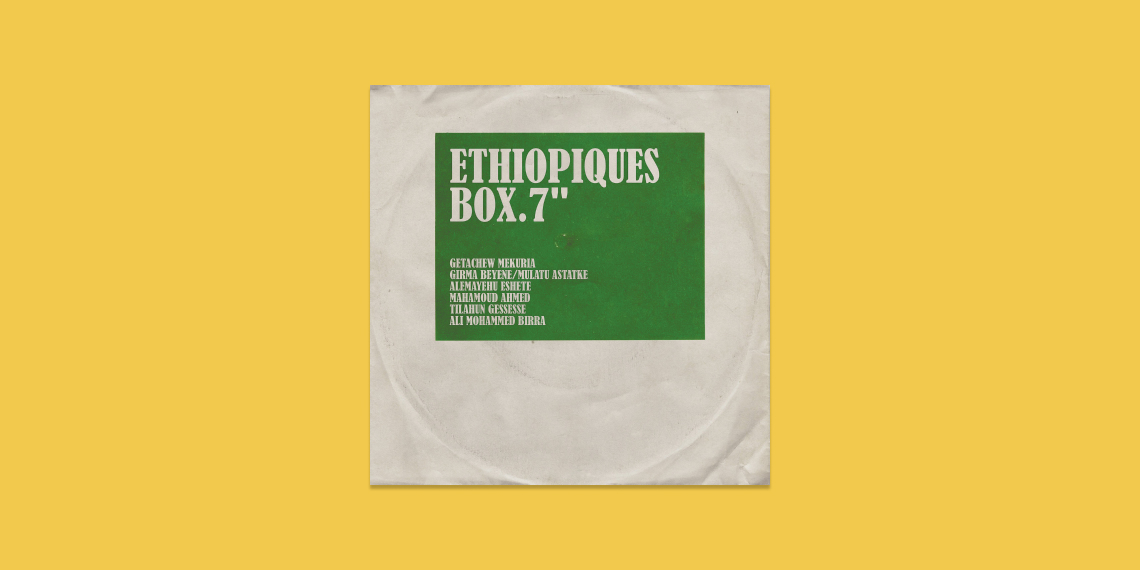
16. Ethiopiques Box. 7″
Various Artists
(Heavenly Sweetness)
Most of Ethiopia’s record production was recorded over just one decade – 1969-1978. All in all, about 500 two-tracked 45-rpm and thirty 33-rpm albums. This first box of singles offers these 45 rpm rare tricks for the first time, hunted for gold by vinyl collectors, in their original form with their beautiful sleeves (restored just for the occasion).
Selected by the mythical digger and creator of the Ethiopian collection, Francis Falceto, here is an opportunity to rediscover the greatest names of modern Ethiopian music: Mulatu Astatke, Gétachèw Mèkuria, Mahamoud Ahmed, etc.
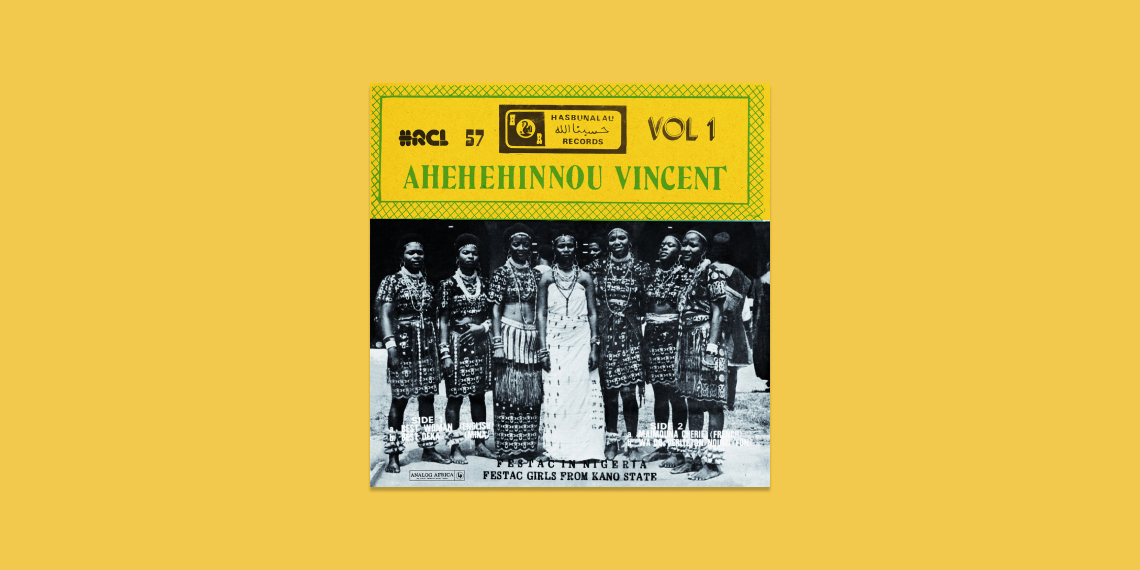
15. Best Woman
Vincent Ahehehinnou
(Analog Africa)
In 1977, Vincent Ahehehinnou “split” with the Tout Puissant Orchestre Poly-Rythmo de Cotonou. Ignace de Souza, from the band Black Santiago, decided to support Vincent’s solo career. One year later, Ahehehinnou Vincent Vol. 1 (retitled Best Woman by Analog Africa) was recorded in Lagos. The release is a masterpiece of funk and afrobeat that includes voodoo rhythms from Vincent’s native country Benin alongside his signature soulful vocals.
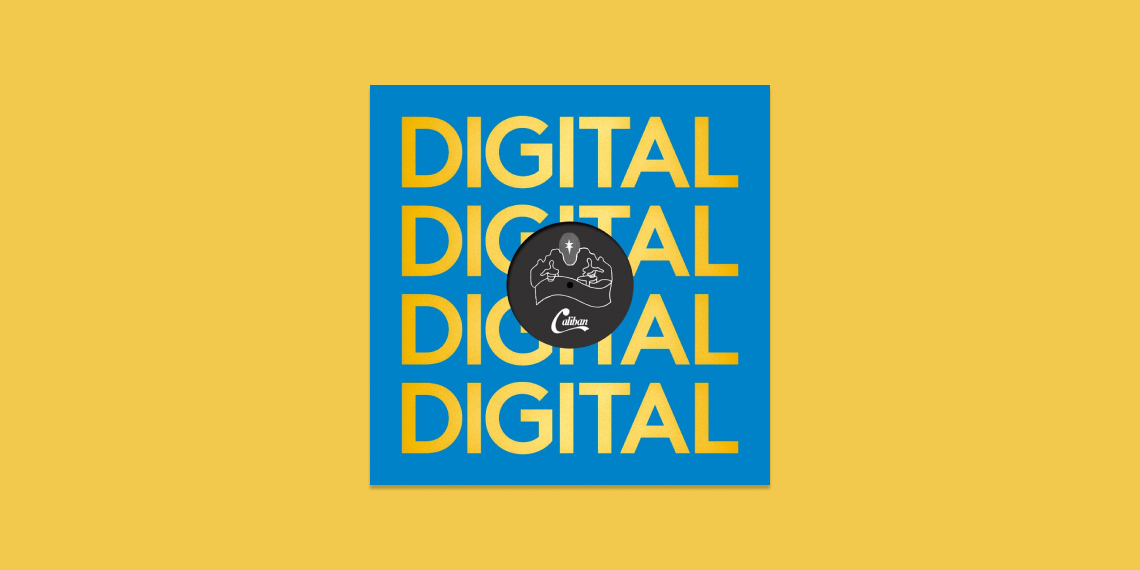
14. Digital Reggae
Caliban
(Music From Memory)
A session guitar player who worked with cult UK buddhist afro and reggae band Ozo as well as on the much sought after Steel and Skin’s Afro Punk Reggae 12″, Milton Myrie aka Caliban produced only one self-released 7″ Open Mind / Digital Reggae in 1984.
Following the re-discovery of this very little known 7″ by Caliban a few years back, UK producer Jackson Bailey aka Tapes managed to track Milton down, who besides being in possession of most of the original record stock, was also sitting on a number of amazing unreleased recordings from the Caliban sessions. With an album of unreleased Caliban material compiled by Tapes to follow later on Music From Memory, this EP introduces one of the unreleased tracks – the incredible feel-good disco anthem “Supernatura”.
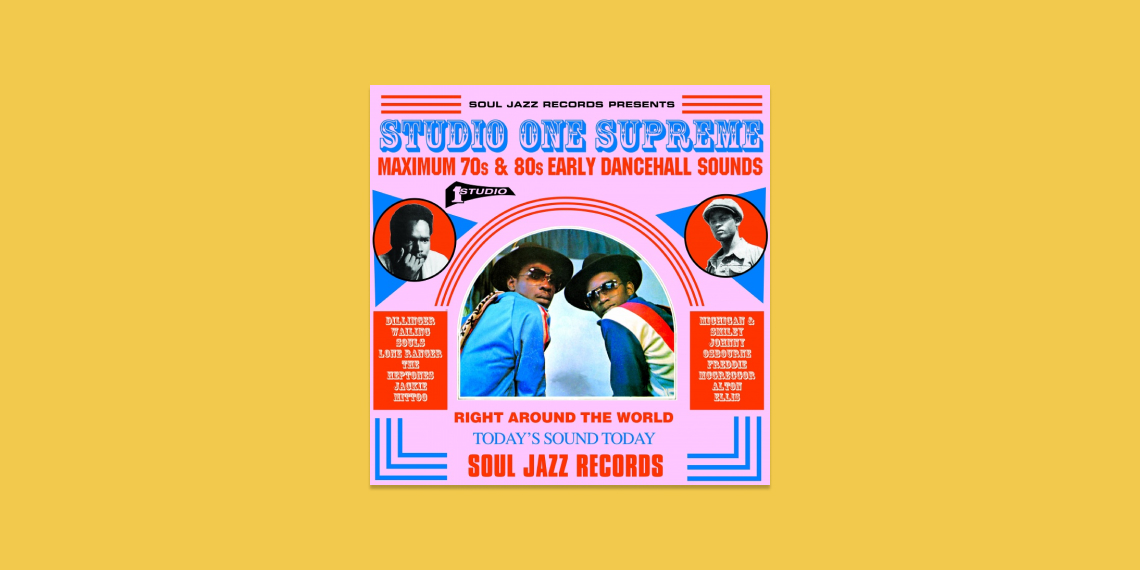
13. Studio One Supreme Maximum 70s and 80s Early Dancehall Sounds
Various Artists
(Soul Jazz Records)
By the 1970s Clement ‘Sir Coxsone’ Dodd had already proved himself to be the defining force in reggae for almost two decades. With his record label Studio One, Coxsone established the careers of many of Jamaica’s leading artists: everyone from Bob Marley and The Wailers, Ken Boothe, Toots and The Maytals, The Skatalites, Jackie Mittoo and more. The label covered every reggae-related style, from rocksteady to ragga, by way of dub. By the end of the ’70s, Studio One moved into the new defining sound of Jamaica’s sound systems: Dancehall.
Soul Jazz Records revives the exciting beginnings of this genre with a new collection of classic and rare Studio One recordings (Alton Ellis, Jackie Mittoo, Horace Andy, Freddy Mc Gregor, Dillinger, Lone Ranger, Sugar Minott, Prince Jazzbo, Jim Nastic, Johnny Osbourne…).
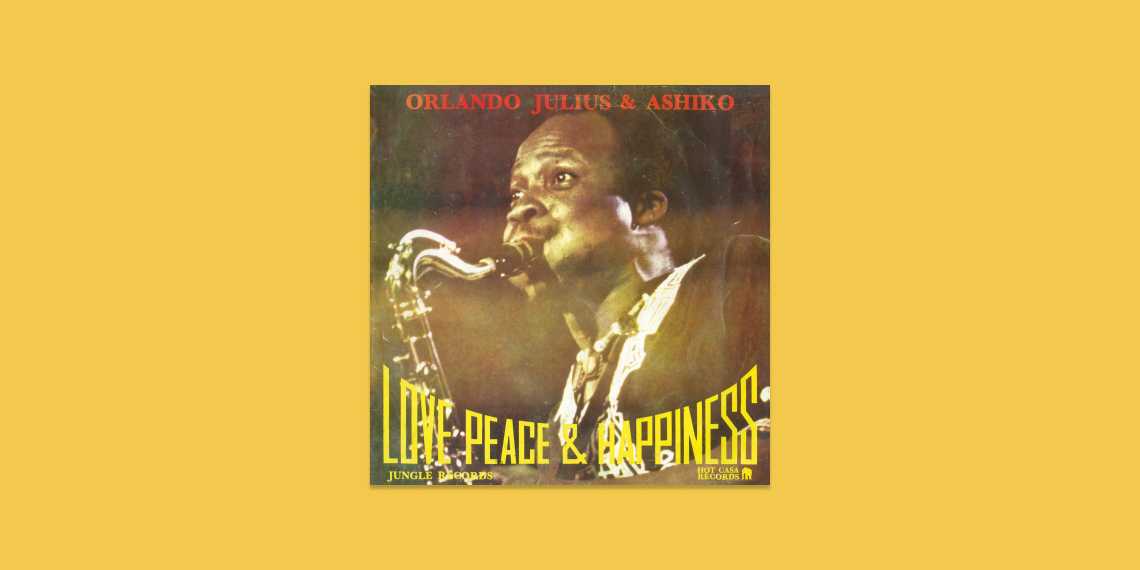
12. Love Peace & Happiness
Orlando Julius & Ashiko
(Hot Casa Records)
Musician, singer-songwriter and multi-instrumentalist Orlando Julius Ekemode took his nickname from a famous Nigerian actor, Orlando Martins. Born in 1943 in Ondo State, he started in music at a very young age, becoming the school drummer and learning flute, bugle and other instruments at St Peters Anglican School in Ikole-Ekiti. Later in the ’60s, he made a name for himself with his own afrobeat sound blending US r&b with traditional highlife music. His career would then cross the Atlantic Ocean in the ’70s, bringing African music to a new audience. One of the most famous of Orlando’s songs is “Going Back To My Roots”, co- composed with Lamont Dozier.
His masterpiece Love Peace & Happiness album was composed in 1978 between Maryland and West Virginia (USA) and released in limited quantity in Nigeria by the obscure label Jungle Records. Today, Hot Casa Records gives these six powerful afrofunk tracks a second life with this reissue carefully remastered by specialists at Carvery.
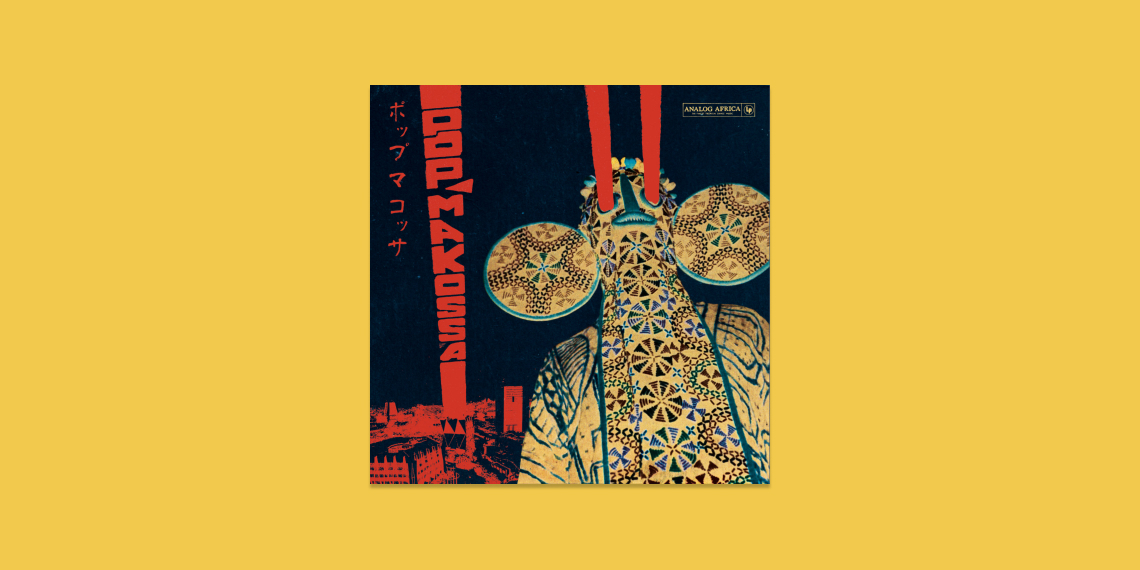
11. Pop Makossa – The Invasive Dance Beat of Cameroon 1976–1984
Various Artists
(Analog Africa)
The Pop Makossa adventure started in 2009, when Analog Africa founder Samy Ben Redjeb first travelled to Cameroon to make an initial assessment of the country’s musical situation. He returned with enough tracks to fuel an explosive compilation, highlighting the period when funk and disco sounds began to infiltrate the makossa style popular throughout Cameroon.
Born between 1952 and 1962 and first popularized in the West by saxophonist Manu Dibango with his unexpected 1970s hit “Soul Makossa”, makossa is one of the great dance styles of West Africa. Makossa, the beat that long before football managed to unify Cameroon under the same passion, was successful in part because it was so adaptable. Some of the greatest Makossa hits incorporated the electrifying guitars and tight grooves of funk, while others were laced with cosmic flourishes made possible by the advent of synthesizers.
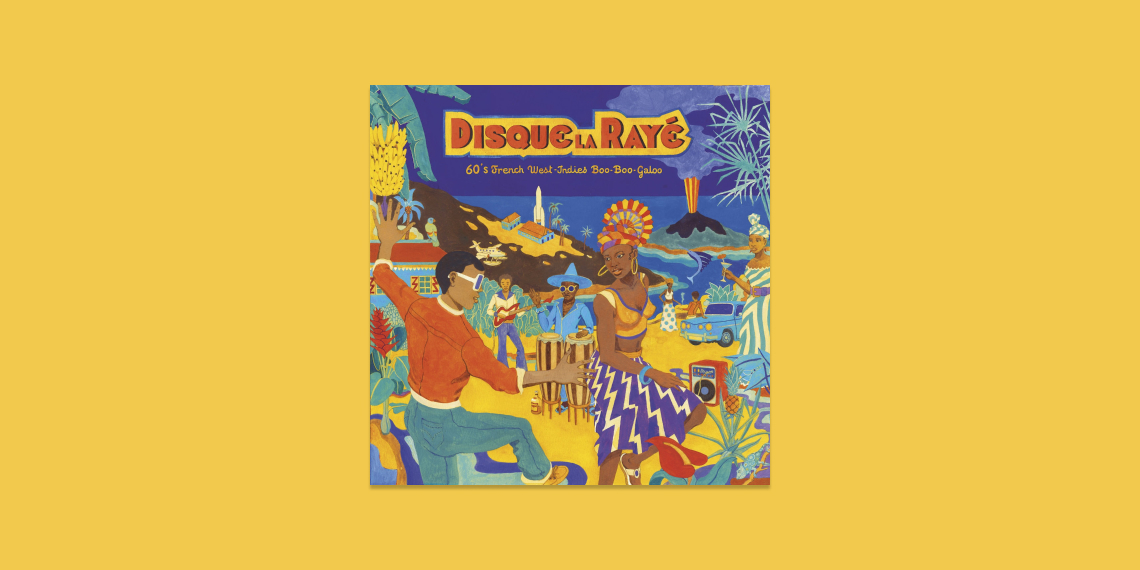
10. DISQUE LA RAYÉ – 60’s French West Indies Boo-Boo-Galoo
Various Artists
(Born Bad Records)
According to music specialist Julien Achard, co-founder of Digger’s Digest website and curator of this compilation, Disk La Rayé aimed to “gather danceable tracks from 1966 to 1970, that were at once Latin, Creole and French, and with a typical 1960s sound. The boogaloo theme is a pretext to tell a story of Antilles’ musical spectrum through major labels like DEBS, Aux Ondes and Hit-Parade. We wanted to show the richness of the era’s productions, that immediately followed the trends of the USA. But all in all, it really is a Creole boogaloo.”
As disordered and little coherent the tracklist may sound for whom is not a boogaloo and 1960s’ Antilles specialist – the Creole title is not explained or translated ; the tunes cover a wide range of styles – this compilation is a perfect way to gauge and get to know the complexity of the musical exchanges between Africa, the USA, France and the French West Indies.

9. Synthesize the Soul: Astro-Atlantic Hypnotica From the Cape Verde Islands 1973-1988
Various Artists
(Ostinato Records)
After gaining their independence from Portugal in 1975, Cape Verdeans emigrated en masse towards Europe and the USA. The archipelago musicians then began to discover new Western musical styles and the associated instruments, in particular, synthesizers. But that didn’t mean they would forget their roots: these electronic instruments were incorporated into the local production. The blend gave birth to Cape Verde’s own version of electronic music, echoing the euphoria of a newly-gained freedom.
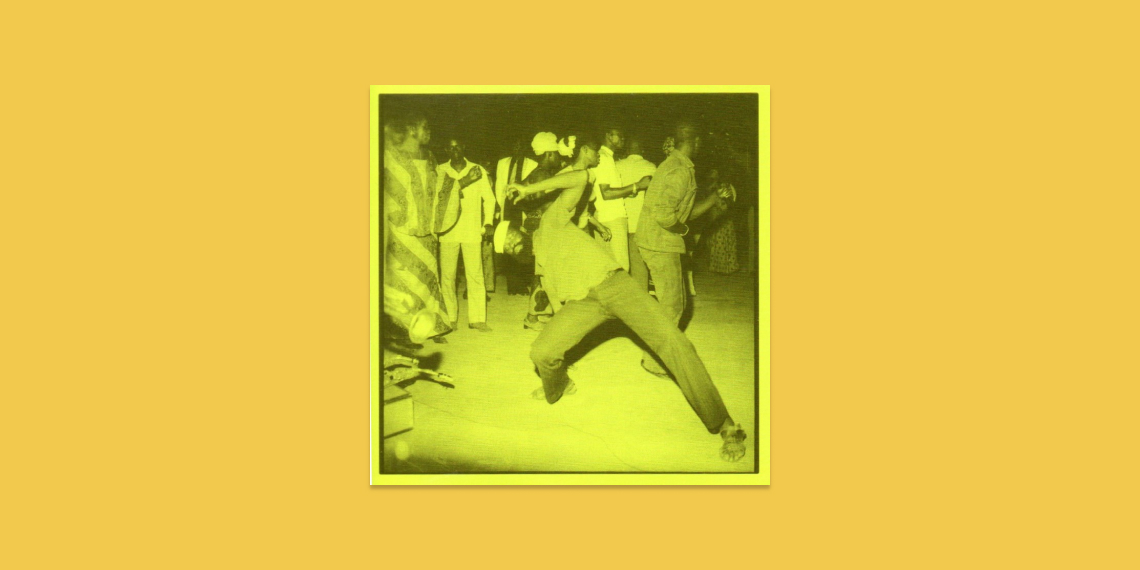
8. The Original Sound of Burkina Faso
Various Artists
(Mr Bongo)
Following the fantastic The Original Sound of Mali released in March 2017, this release compiled by David ‘Mr Bongo’ Buttle and Florent Mazzoleni is focused on “folk, funk, blues, highlife, disco, psyche, latin, rock and soul” from ’70s Burkina Faso.
Burkina Faso may be one of the least well-known parts of West Africa but it has a deep history and musical pedigree. A few years before President Thomas Sankara changed his country’s name from Upper Volta to its current one, a new sound emerged to soundtrack the cultural revolution. Featuring music by Abdoulaye Cissé, Amadou Balaké, Pierre Sandwidi & Super Volta, Tidiani Coulibaly & Dafra Star, Bozambo, Youssouf Diarra and more.
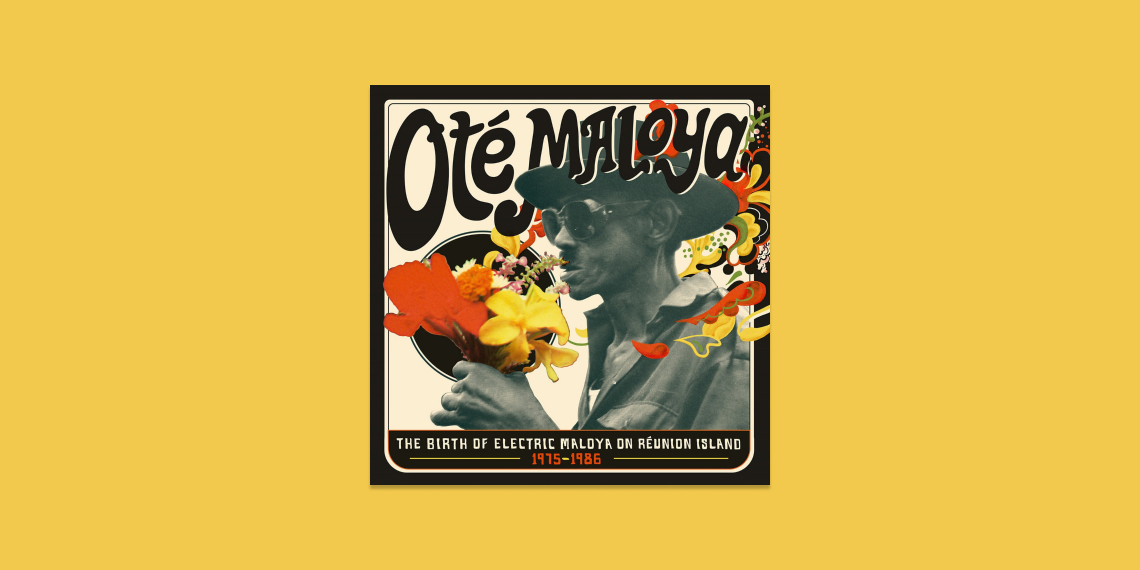
7. Oté Maloya: The Birth of Electric Maloya
Various Artists
(Strut Records)
Strut present a brand new compilation documenting the groundbreaking maloya scene of Réunion island from the mid-‘70s, as Western instrumentation joined traditional malagasy, African and Indian acoustic instruments to spark a whole era of new fusion and creativity. Compiled by Réunion-based DJ duo La Basse Tropicale, ‘Oté Maloya’ also offers the history of maloya recounted by Nathalie Valentine Legros, writer for 7 Lames La Mer online magazine.
Oté Maloya tells the story of this fertile period in Réunion island music for the first time and features the full spectrum of maloya styles. From Caméléon’s genius to the teenage Michou’s classic “Maloya Ton Tisane”, Daniel Sandié’s breakbeat sleeper “Défoule 3e Age” and more traditional styles from Maxime Lahope and Pierrot Vidot, this is an essential trip through a lost era of Indian Ocean blues and soul.
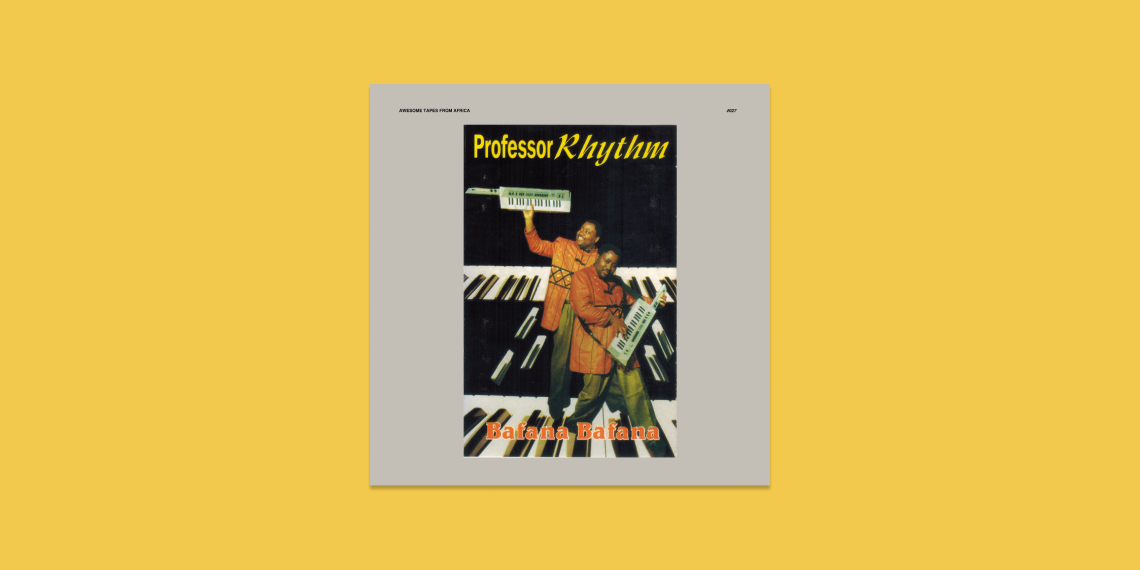
6. Bafana Banana
Professor Rhythm
(Awesome Tapes From Africa)
Professor Rhythm is an alias of Thami Mduli, a prolific musician and producer of South Africa Rainbow Nation, who was previously a member of Taboo and CJB. Mduli’s trajectory mirrored the musical trends sweeping across the country at the time, when the bubblegum pop genre began fading in popularity while kwaito – described by Mduli as “club music with a township style”, essentially South Africa’s spin on Chicago house music – took roots.
“Fans demanded to hear more of these backing tracks without vocals, so Mdluli began to make solo instrumental albums in 1985 as Professor Rhythm. He got the name before the recordings began, from fans, and positive momentum from audiences and other musicians drove him to invest himself in a full-on solo project.”
The album was recorded using “a Roland MC-500 sequencer and Yamaha DX7, Juno 60 and Korg M1 keyboards, with the extensive help of studio engineer Nick Heaton”.
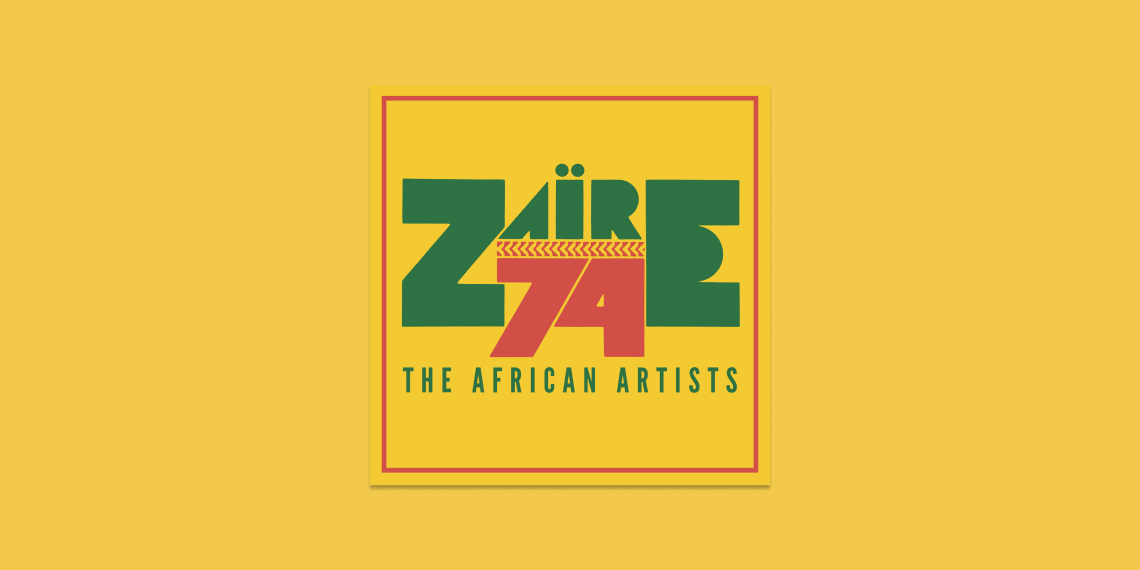
5. Zaïre 74
Various Artists
(Wrasse Records)
Magic moments extracted from the Zaire 74 music festival surface on an album for the first time since it took place in Kinshasa 43 years ago. Franco, Tabu Ley, Makeba, Abeti… they all were recorded during these three crazy nights that preceeded the famous Ali vs Foreman boxing fight.
Back to Kinshasa, Zaire, 1974. Zaire 74 was meant to precede “the fight of the century” between Mohamed Ali and George Foreman in Kinshasa, a boxing event broadcast live in mondovision, where the two boxers would compete for the World Heavyweight Championship. This musical marathon gathered the best artists from Zaire (today called Democratic Republic of the Congo) and great stars from North America: James Brown, B.B. King, Bill Withers, and The Spinners, not forgetting the Fania All Stars, led by Johnny Pacheco and the amazing Celia Cruz. The idea was to celebrate the reunion between Africa and its diaspora, like it already had been the case with Fesman Festival 1966 (World Festival of Black Arts) in Senegal, and Soul To Soul 1971 in Ghana. But the long-awaited boxing fight, initially planned for September, 25th, just three days after the concerts, had to be postponed for five weeks, as Foreman got injured.
But the festival did happen. And Wrasse Records unveils songs that had remained unpublished so far – those performed by the African artists. And yet, the line-up was not bad, to say the least: Tabu Ley, Abeti Masikini, Franco & L’OK Jazz, Manu Dibango, Miriam Makeba, The Stukas… most of these artists are featured on this great-sounding album, thanks to the high-quality and expensive recording technique used by producer Stuart Lewine, assisted by South African Hugh Masekela, the event’s artistic director. The whole organization had been a considerable task, and it was already too late to cancel the event when Foreman announced his injury. Good news for the 80.000 people who entered Tata Raphaël stadium each night.
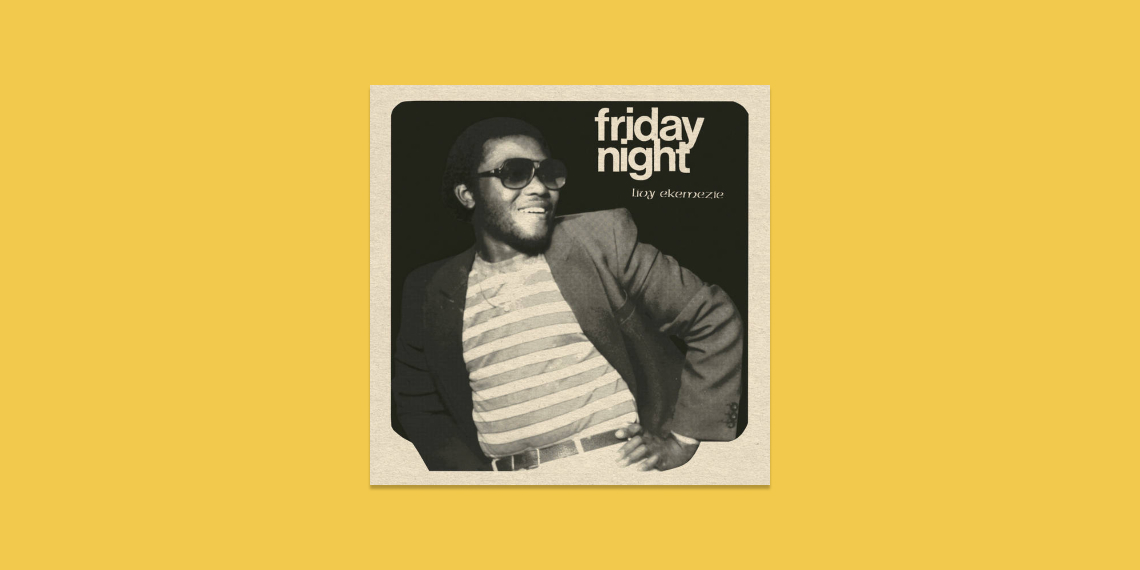
4. Friday Night
Livy Ekemezie
(Odion Livingstone)
Originally released in 1983 and pressed at William Onyeabor’s vinyl plant (the blue vinyl replicates the original vinyl pressing), Livy Ekemezie‘s Friday Night LP could be found on Discogs for around 1000$. But thanks to the Lagos-based record label Odion Livingstone, you can now buy the vinyl at a reasonable price or even stream it on Spotify.
Livy took almost one year to record the album. He financed it by himself, loaning money from his friends in order to pay session men and studio time in “one of the best studios available in Nigeria at the time”. “I was just out of senior secondary school and I wanted to make an album,” recalls Ekemezie. “I was into disco and funk at the time and I was looking for a bass-driven funky sound. The entire idea was to make an album that sounded like something made in London or the U.S. I tried to sound ‘American’ but we ended up with something else: a mix of American and Nigerian.”

3. Digital Zandoli 2
Various Artists
(Heavenly Sweetness)
To our delight and thanks to the Paris-based label Heavenly Sweetness, Diggers Digest’s Julien Achard and Nicolas Skliris continue the work they begun on the first volume of Digital Zandoli. A suite that does not lose its breath, but quite the opposite.
The selected pieces, surprisingly effective, were all recorded in the Antilles between 1984 and 1993 mainly by self-produced artists. It includes the traditional artists Champagn’, Osmose and Michel Alibo, but also more hybrid sounds signed Coco Fabert, Wach’Da and Patrick Nuissier. With the help of synthesizers and drum machines, the zouk imprint Digital Zandoli rubs with panache to other genres such as funk, disco, boogie and afrobeat.
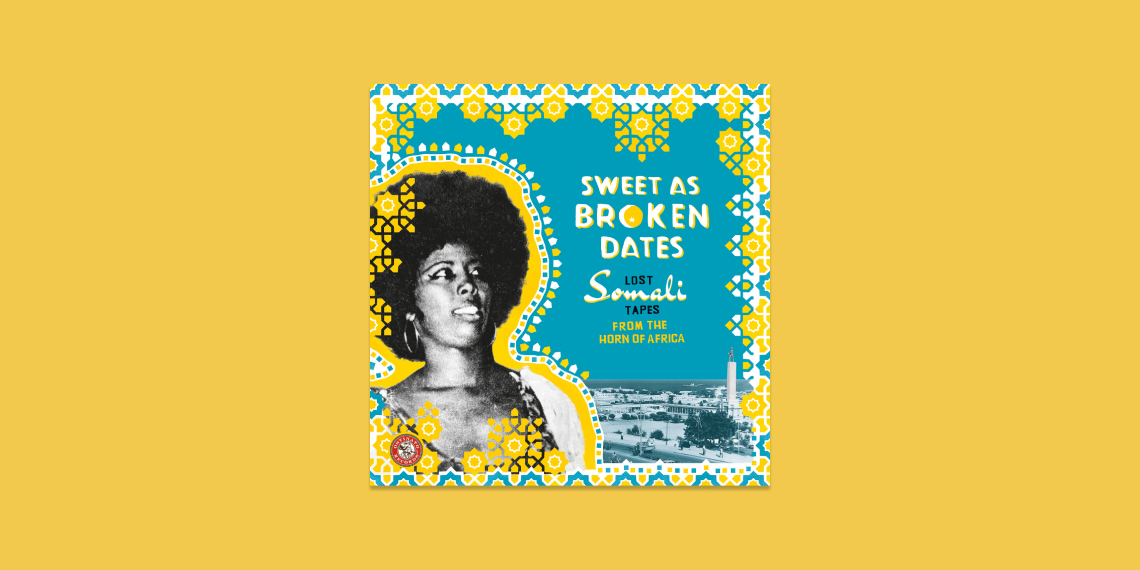
2. Sweet As Broken Dates: Lost Somali Tapes from the Horn of Africa
Various Artists
(Ostinato Records)
In 1988, on the eve of a two-decade civil war, Somalia’s authoritarian ruler Siad Barre launched punishing air strikes on the north of the country, known today as Somaliland, in response to agitations for independence. With the attack imminent, a few brave radio operators and dedicated vanguards of Somali culture knew the archives, containing over half a century of Somali music had to be preserved. These audio artifacts were excavated and recalled from their foreign shelters only recently. Some of those recordings are now kept safe in the 10,000-strong cassette tape archive of the Red Sea Foundation, the largest collection of Somali cassettes in the world, in Somaliland’s capital, Hargeisa.
The Ostinato Records team digitized a large portion of the archive, distilling 15 songs that reveal the panoramic diversity of styles and sophistication of Somali musicianship.
Alongside the story of Somalia’s music before the civil war, the selection is also focused on the pan-Somali sound. Spread over much of the Horn of Africa, Somali language and culture transcend arbitrary borders. Somali singers from Djibouti were feeling at home in Mogadishu.
1. Noir et Blanc
Zazou / Bikaye / CY1
(Crammed Discs)
Noir et Blanc gives an impression of being both more modern and even more unclassifiable over time. It even seems weird to classify it as a reissue as this album crosses time spans and generations.
An unsurpassed milestone in European/African fusion, this is a head-on collision between traditional Central African vocals and uncompromising analog electronics. Resulting from a torrid encounter between Congolese singer Bony Bikaye, Algerian-born French composer Hector Zazou and mad scientists CY1, this album was acclaimed by the international music press, has influenced scores of artists, and remains astonishingly fresh to this day.
The album was extremely well received. It was frequently compared to the few other modern African or ethno/experimental releases of the previous few years, but what was unique in Noir et Blanc was the radical encounter between abstract, analog electronics and Bikaye’s fairly traditional vocal styles, as well as the fact that these elements were woven together by the participants during the recording sessions, which gave the music an almost organic feel. It seems that very few successful experiments like that have been conducted since then. Zazou Bikaye later became a touring band, adopting a more electro-funk sound, and recording two more albums before spliting up in 1988.
